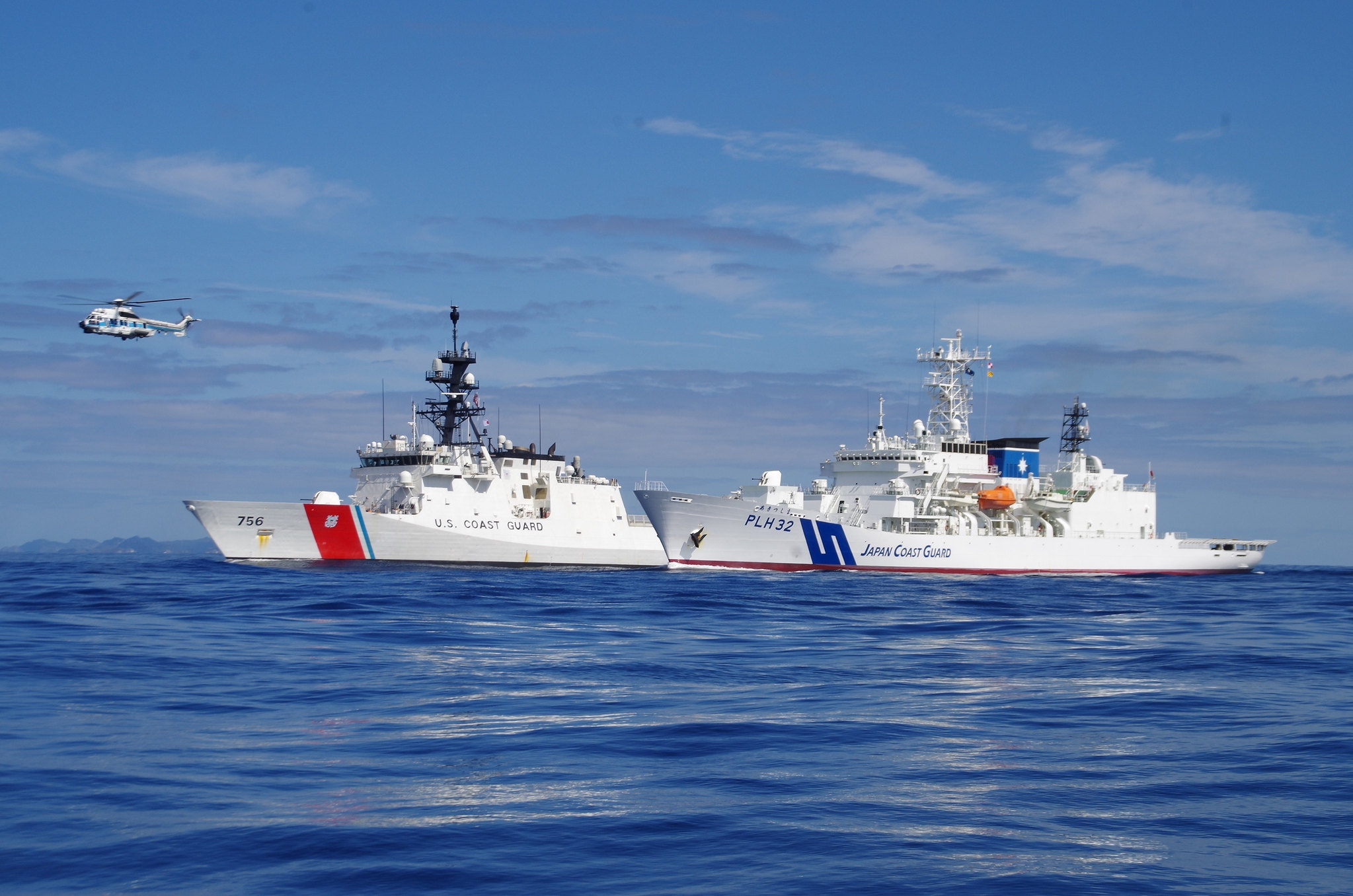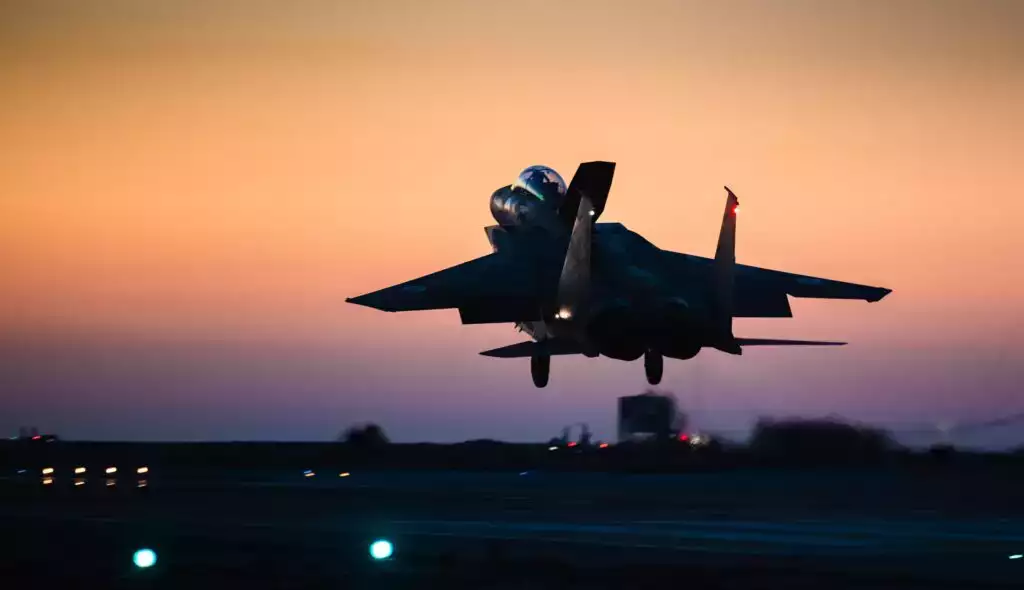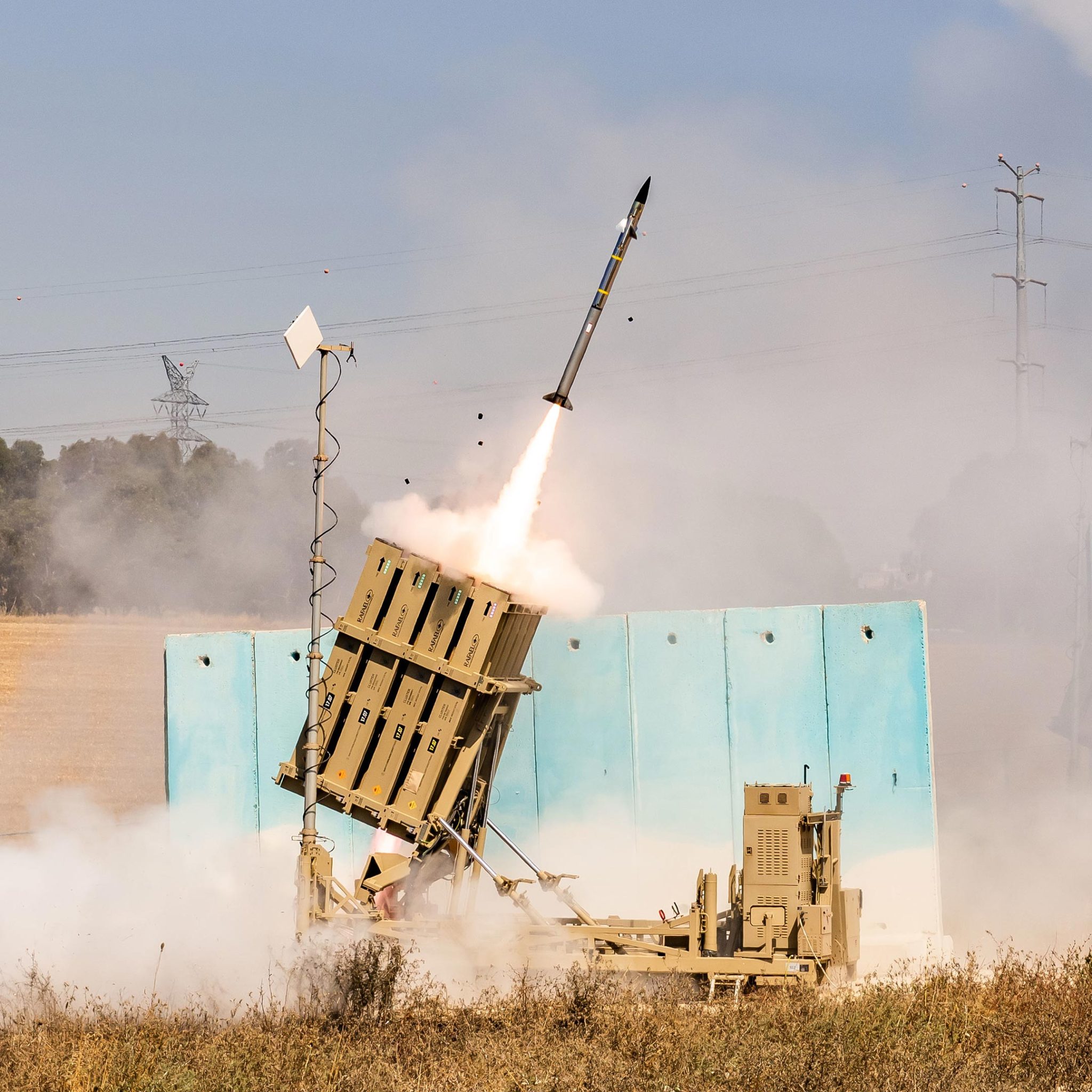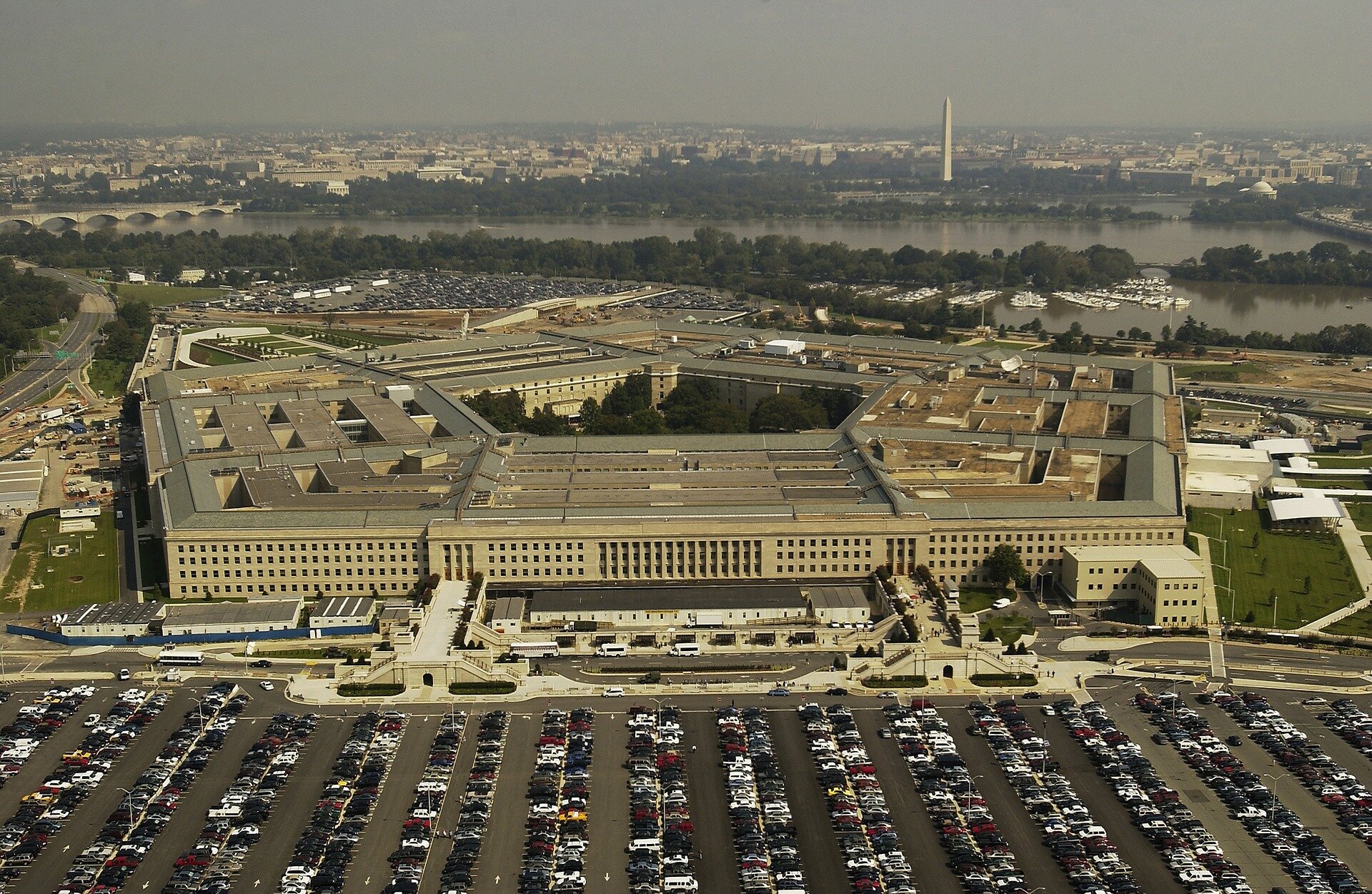Japan’s ongoing military defense buildup accelerated, at least rhetorically, in line with the recent release of a national defense white paper entitled Defense of Japan 2024. The document is not official policy, but is more of a communique, and outlines what the government of Japan is focused on.
Most noteworthy is the scale of the perceived threats the officially pacifist country views around it, and the ramp-up in rhetoric involving these threats, often naming things directly in a manner never before seen in previous white papers, analysts explain.
“The international community has entered a new era of crisis. It is now facing its greatest trial since the end of World War II. The existing order is being seriously challenged. Japan finds itself in the most severe and complex security environment of the post-war era,” the white paper begins by saying.
Yoshinaga Kenji, a former intelligence officer in both the Public Security Intelligence Agency and the Japan Maritime Self-Defense Force, told The Diplomat the paper has never referred to the security situation in such severe terms. It singles out China, Russia, North Korea, and a general movement of world states towards competition and expanding their influence through force.
“States that do not share universal values or political and economic systems based on such values are expanding their influence,” it reads. “It cannot be ruled out that a serious situation similar to Russia’s aggression against Ukraine may occur in the Indo-Pacific region in future, particularly in East Asia”.
Clearly a reference to Taiwan, the paper designates Beijing as “the greatest strategic challenge which Japan should respond with its comprehensive national power and in cooperation and collaboration with its ally, like-minded countries, and others”.
“China is further strengthening cooperation with Russia, including in military activities. It has also conducted joint bomber flights and naval navigations with Russia in the vicinity of Japan. These repeated joint activities are clearly intended for demonstration of force against Japan and are a grave concern from the perspective of the national security of Japan,” the paper reads, concluding the China section.
In 2022, WaL reported on another such white paper which still included language like the need for a “constructive and stable relationship with China,” and that Japan’s new posture will be in part to “strongly enhance communication with China in the security field”. No such language remains.
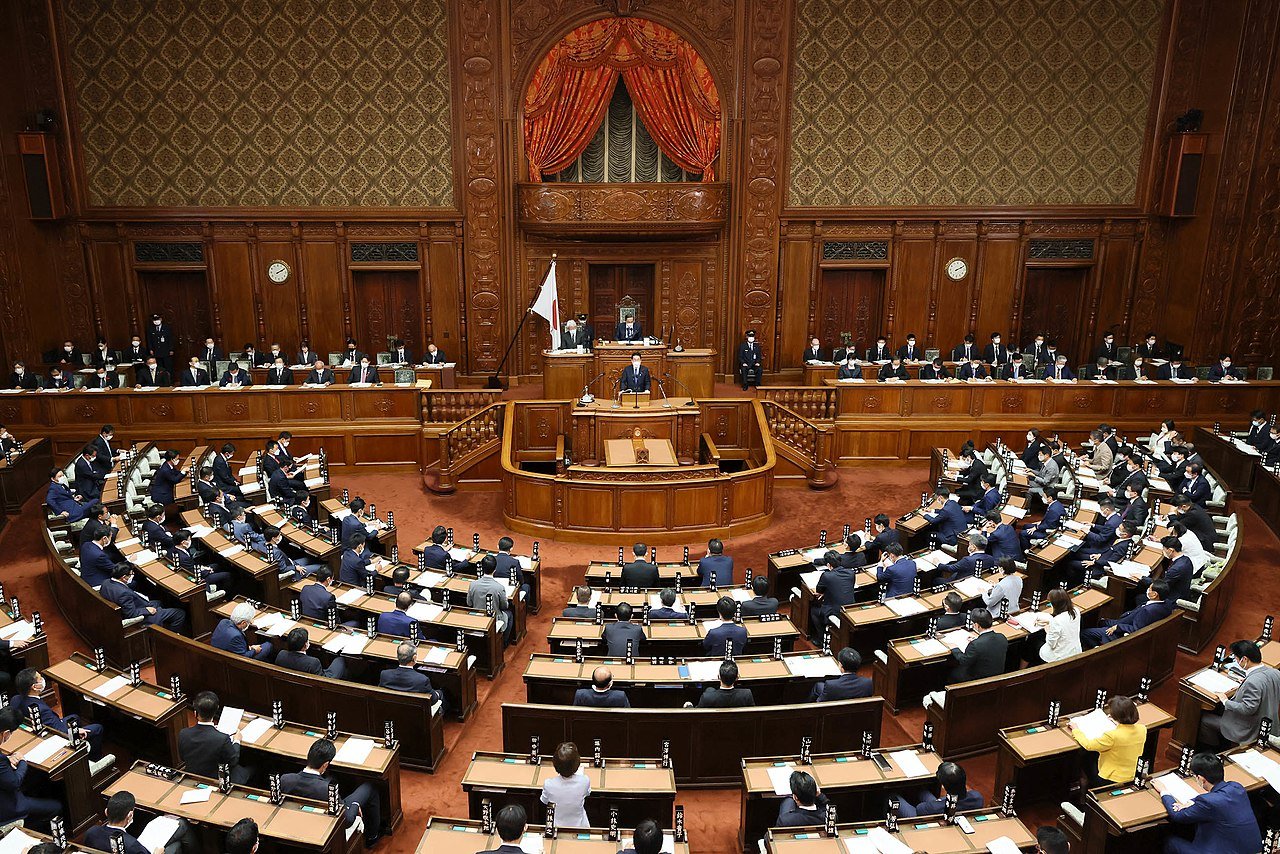
Japan’s cornerstone
The white paper highlights how the National Diet of Japan recently increased defense spending and a comprehensive advancement/overhaul of existing defense and deterrent options, including by increasing the percentage of GDP spent on national defense forces to 1.6%. This has included the purchasing of 500 Tomahawk cruise missiles.
While the white paper specifically refers to the Japanese military as a defense-only force, WaL contributor Reiho Takeuchi corrects it, saying that the Japanese constitution prohibits even having a military, but that decades of non-specific language and an unattentive population have allowed it to become a substantial force that the white paper demonstrates has been deployed all over the world on peacekeeping and other missions.
Takeuchi explains this largely corresponds to the island nation’s relationship with the United States, which the white paper describes as “the cornerstone of our national security policy”. He told WaL that the change in language severity in the white paper has more to do with connecting US foreign policy to the Indo-Pacific than something like a change in national security mindset.
“[T]he Japanese government has gradually stretched the constitution to meet the US demands since the 1950s. The change… is an extension of the Japanese stance. Tokyo always explains that the broad interpretations are self-defense as necessary at the bare minimum and as a deterrent,” Takeuchi said.
The white paper does at times seem to carry water for the United States, for example in the section regarding the war in Ukraine, which it describes as a permanent member of the UN National Security Council attacking another country “challenging international law and the international order, claiming innocent lives… as “unprecedented”. The United States did this quite precisely when it invaded Iraq in 2003 against the order of the UN, and again in 2011 when NATO, led by the US, and including other permanent members of the UN Security Council, attacked Libya.
The white paper refers to the sizeable detachment of US forces in Japan as a “deterrent” but refers to their capabilities as “deterrence and response”. Response means punching back, but would attacks on US forces in Japan, something China must do in any conflict over Taiwan, constitute an attack on the Japanese state?
“The majority of Japanese people support attacking adversary bases when Japan is attacked,” explains Takeuchi. “As time passes and memories of World War II fade, people probably lose their guard toward Self-Defense Forces or become indifferent. I’m not confident that the public will oppose a constitutional amendment if the government carries out a referendum”.
“Japanese Prime Minister Fumio Kishida avoids concrete statements about whether Japan exercises the right of collective defense when the US military base in Japan is under attack. For example, Japanese media reported that Japan went so far as to say that if an enemy attacks the US forces, Japan can attack the enemy base as well in retaliation”.
Now that collaboration, as the white paper describes, is ongoing between South Korea, the Philippines, and the US, Japan, and Australia, there is not one party in the Indo-Pacific that is scaling back, dialing down, or seeking to act diplomatically with the nations around this hotbed of geopolitical tension. In part because of this, the white paper predicts that “grey zone” attacks and skirmishing, meaning between deniable or unidentified entities, will increase in the South and East China Seas. WaL
We Humbly Ask For Your Support—Follow the link here to see all the ways, monetary and non-monetary.
PICTURED ABOVE: Ships from the U.S. Coast Guard and Japan Coast Guard conducted exercises near the Ogasawara Islands of Japan, Feb. 21, 2021. PC: US Indo-Pacific Command, CC 2.0.
